menu
menu

To continue a legacy of sustainable agriculture that supports building of health, wealth and stability in the African-American community of Palmer's Crossing.
De'Broski R. Herbert Ph.D., holds sole ownership of Herbert Bamboo and Farm that was inherited from his grandfather, the late Walter Daniel Stepps PFC U.S. Army and his great grandfather Conteen Jackson.
Watch the video below on Freedom Summer, the historical moment that helped awaken the consciousness of the nation as Americans watched what happened on nightly news programs and read reports in the daily papers.2
1964 Freedom Summer Driving & Audio Tour from VisitHBURG on Vimeo.
Built in 1939, The Embassy Club—later rebuilt as The Hi Hat— attracted black stars alike. The greats: B.B. King, James Brown, and Fats Domino entertained Palmer’s Crossing residents. “It was a big event when these entertainers came and you dressed up in your finest clothes," stated Allean Barnes. Although the club is no longer open, its structure still stands today in Palmer's County. 3

De'Broski R. Herbert
Brittany Hughes

Harry V. Lee

Reverend Smith

Michael French
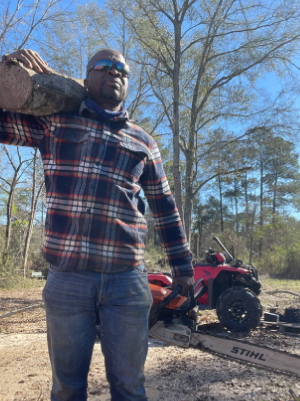


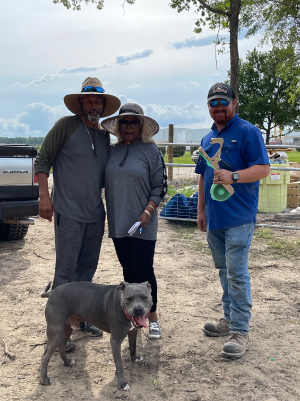

De'Broski R. Herbert

Harry V. Lee

Gordon Reed

Michael French








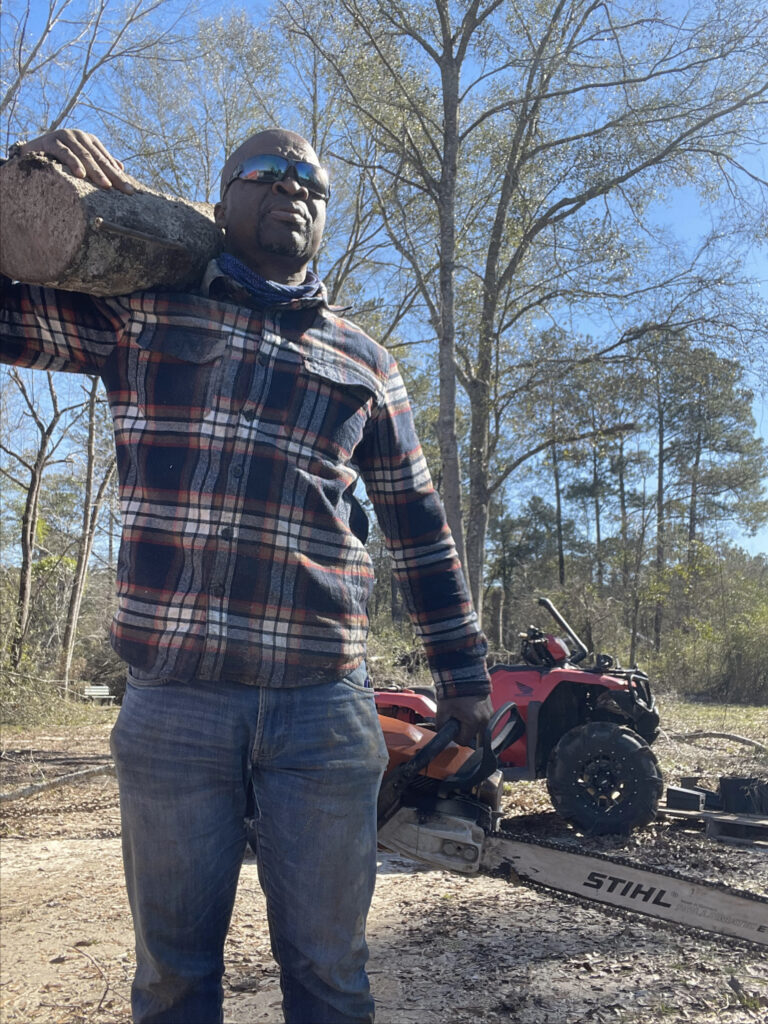
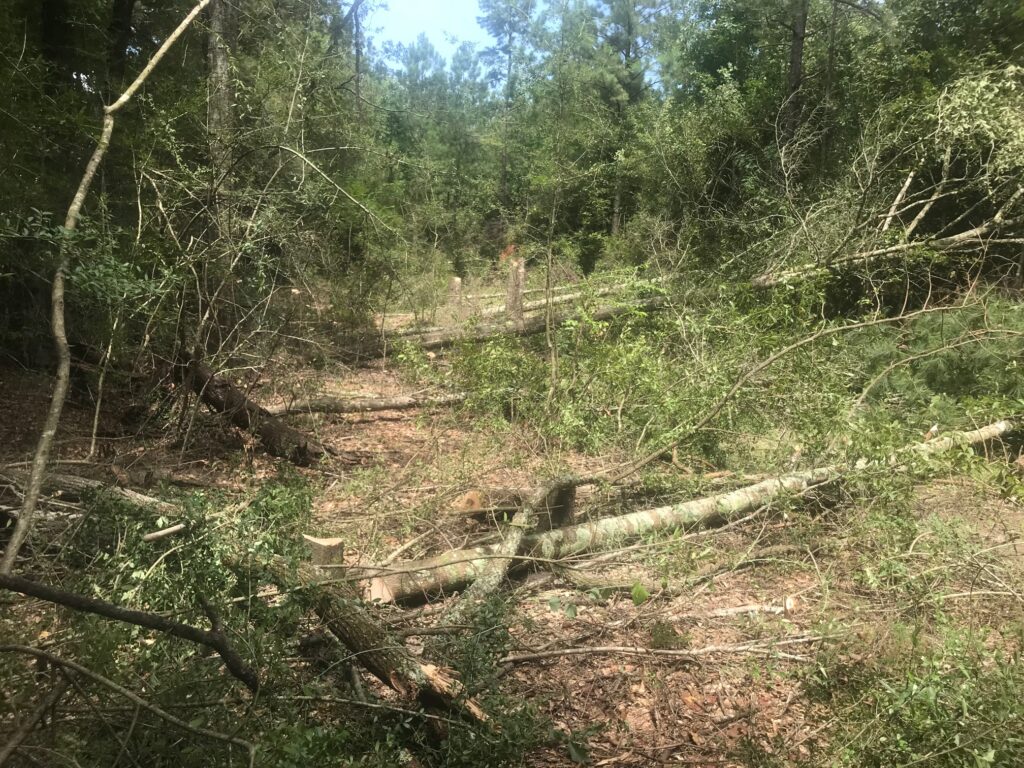

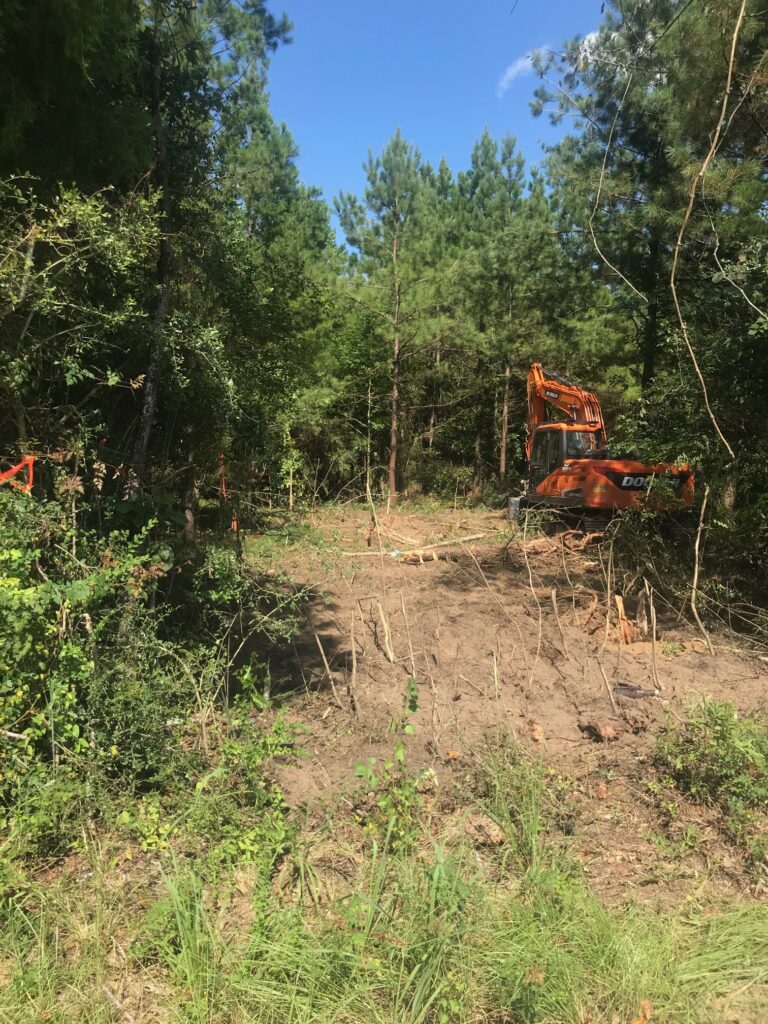


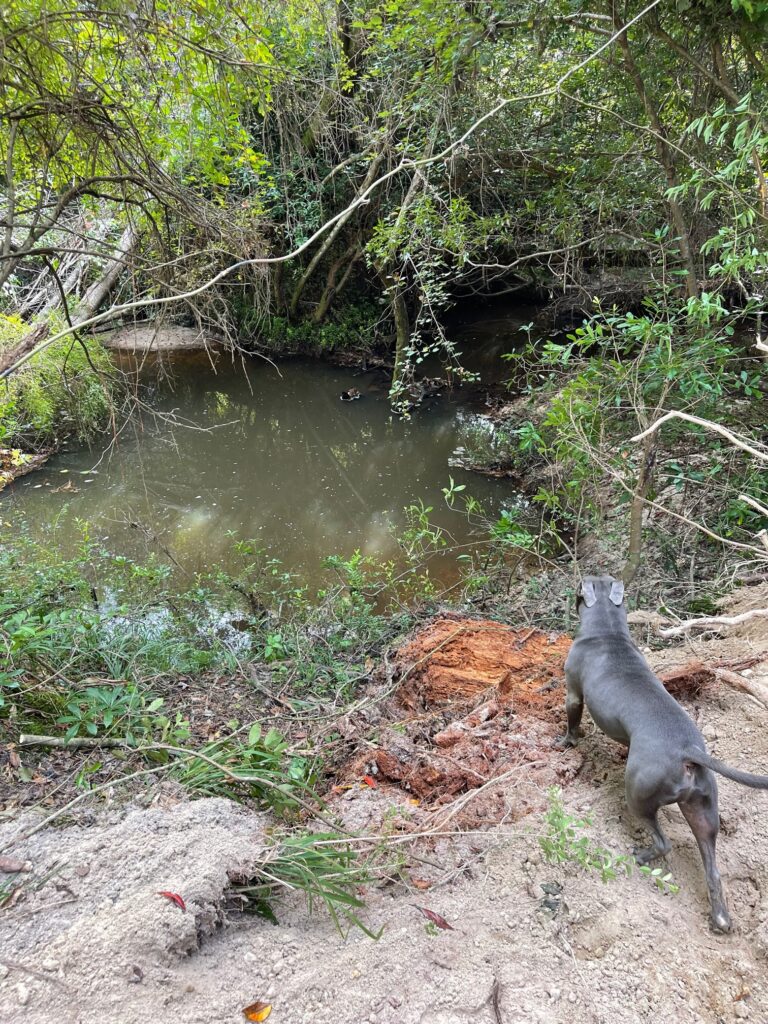
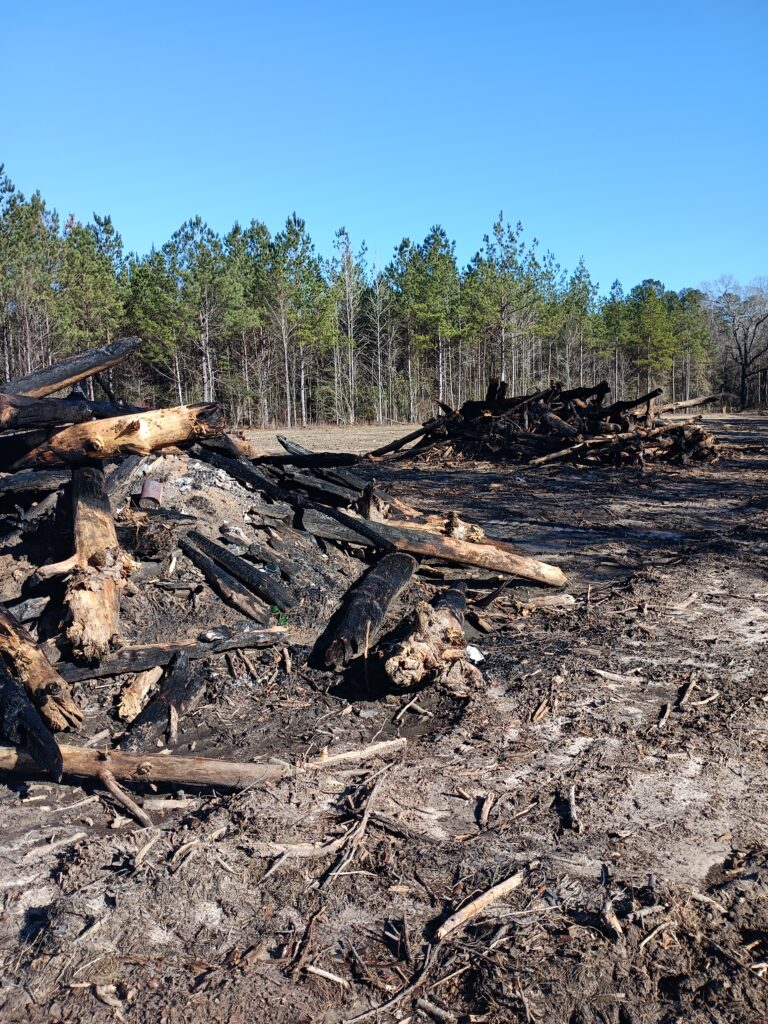
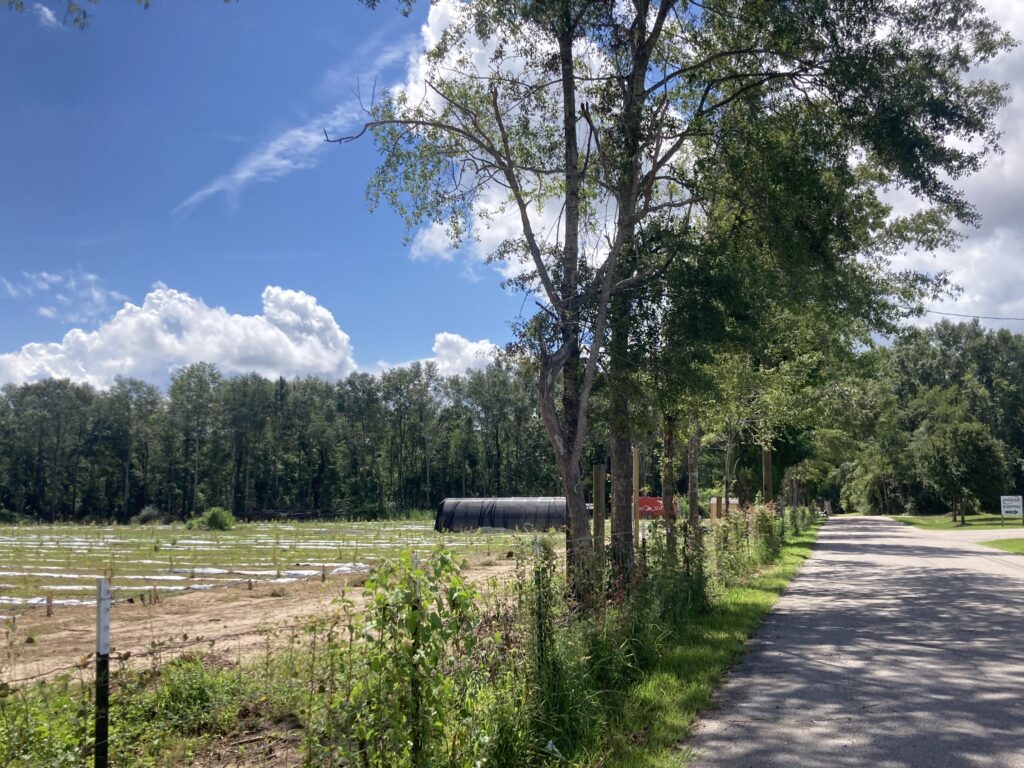
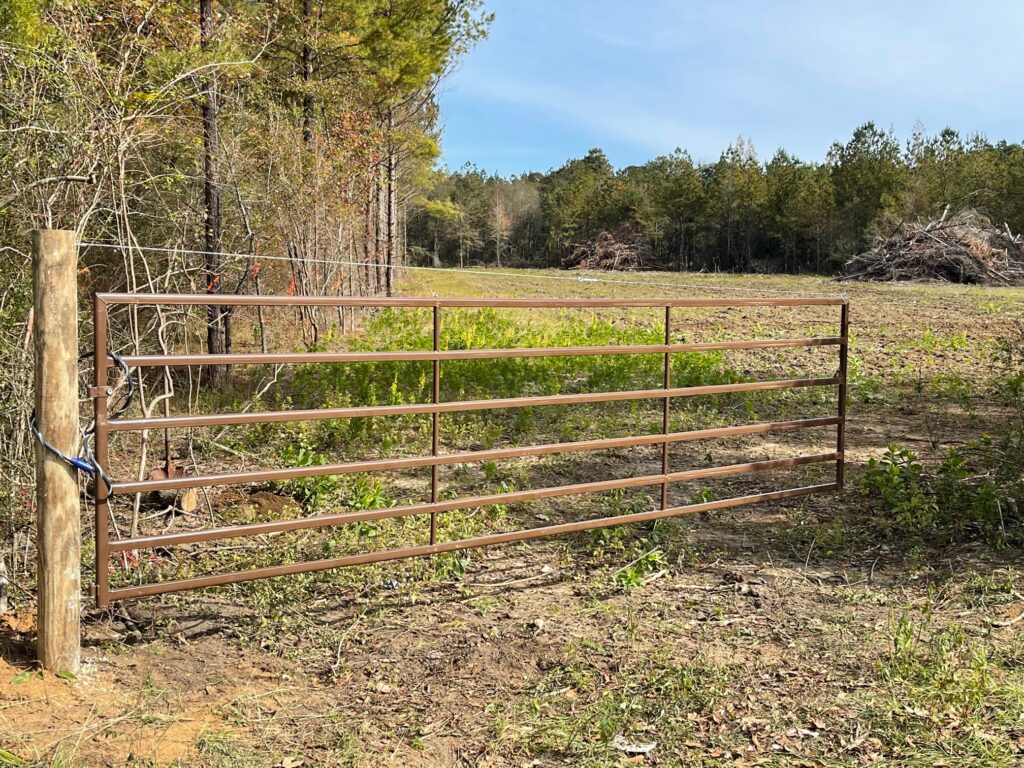


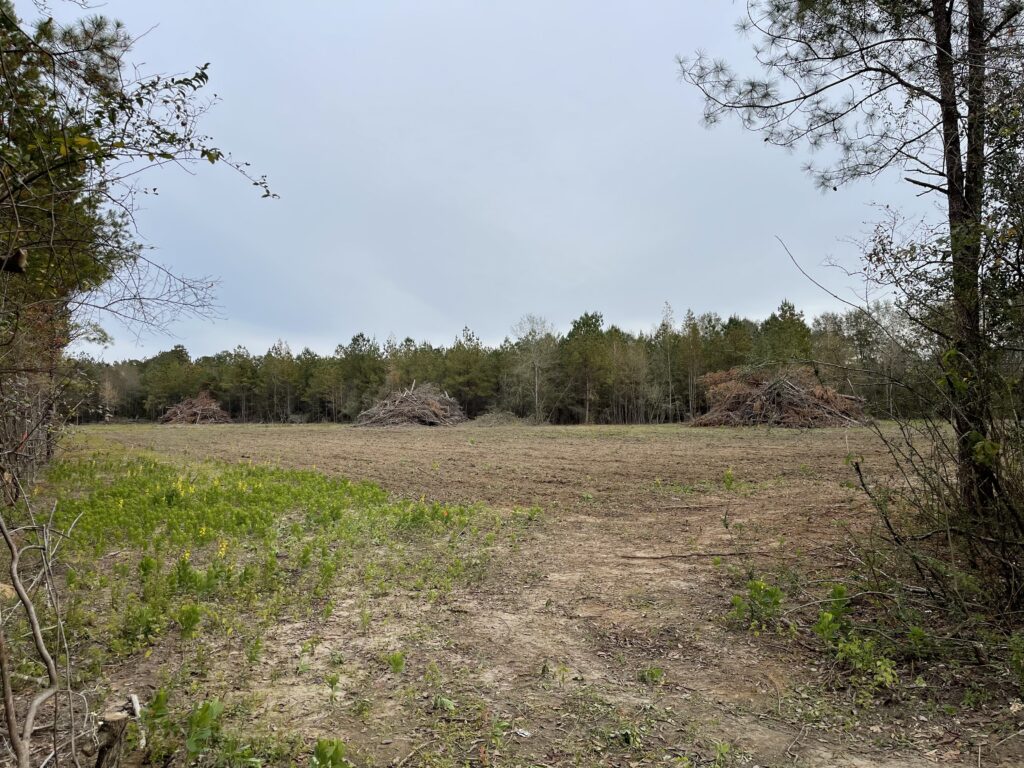
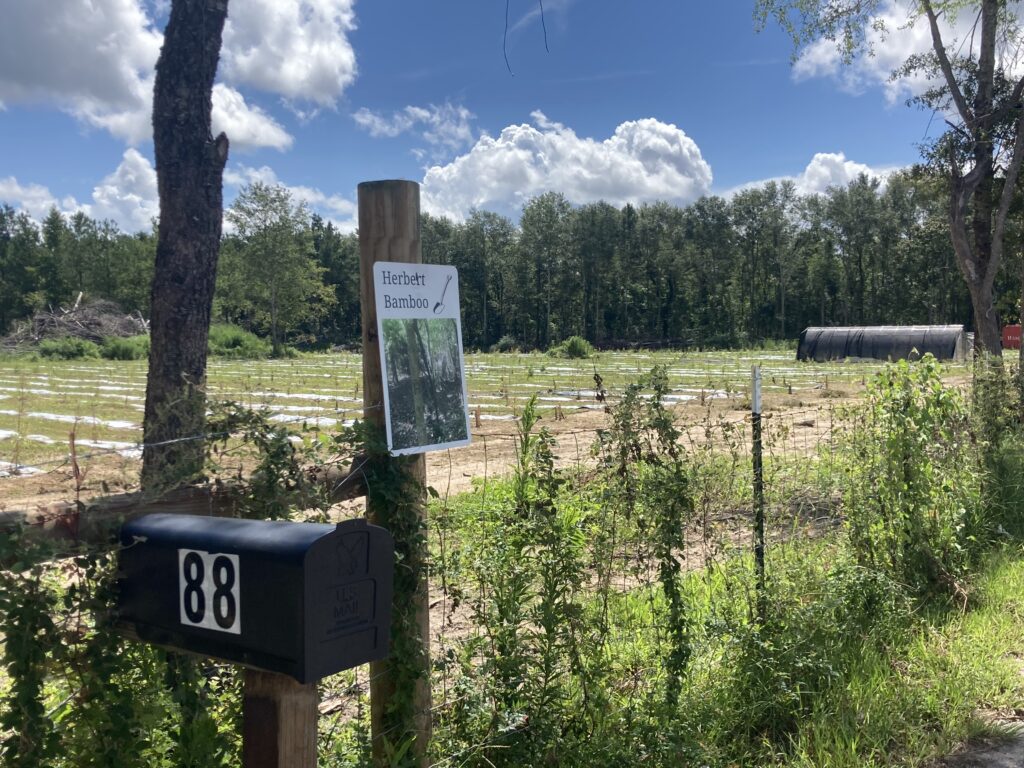
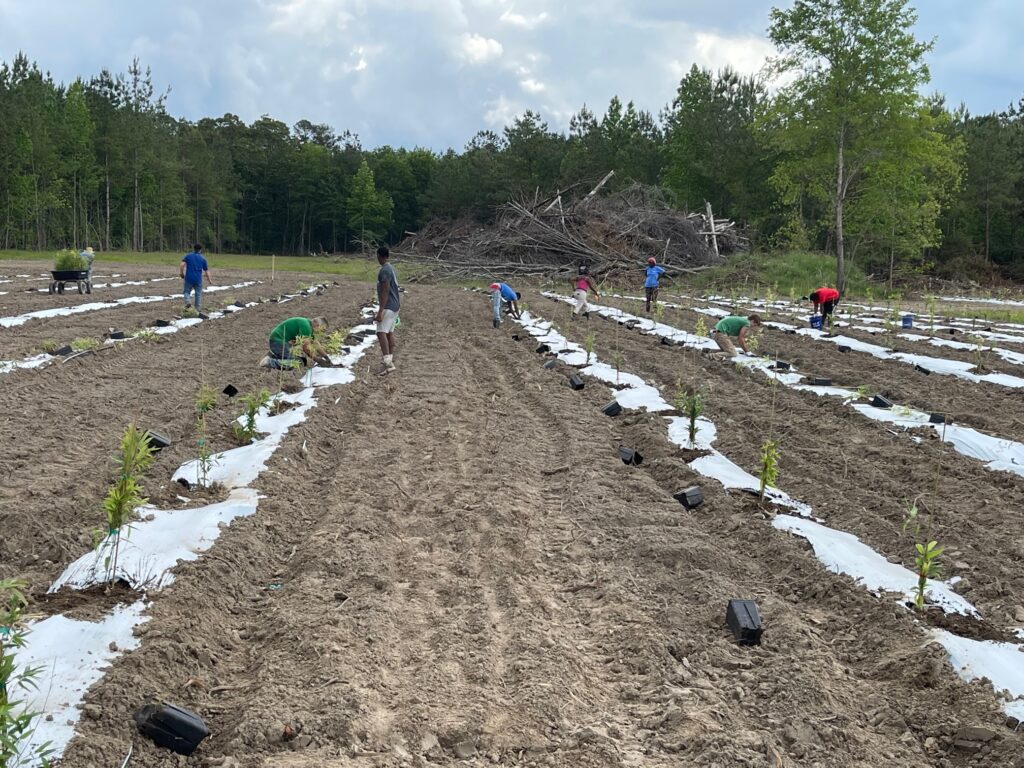
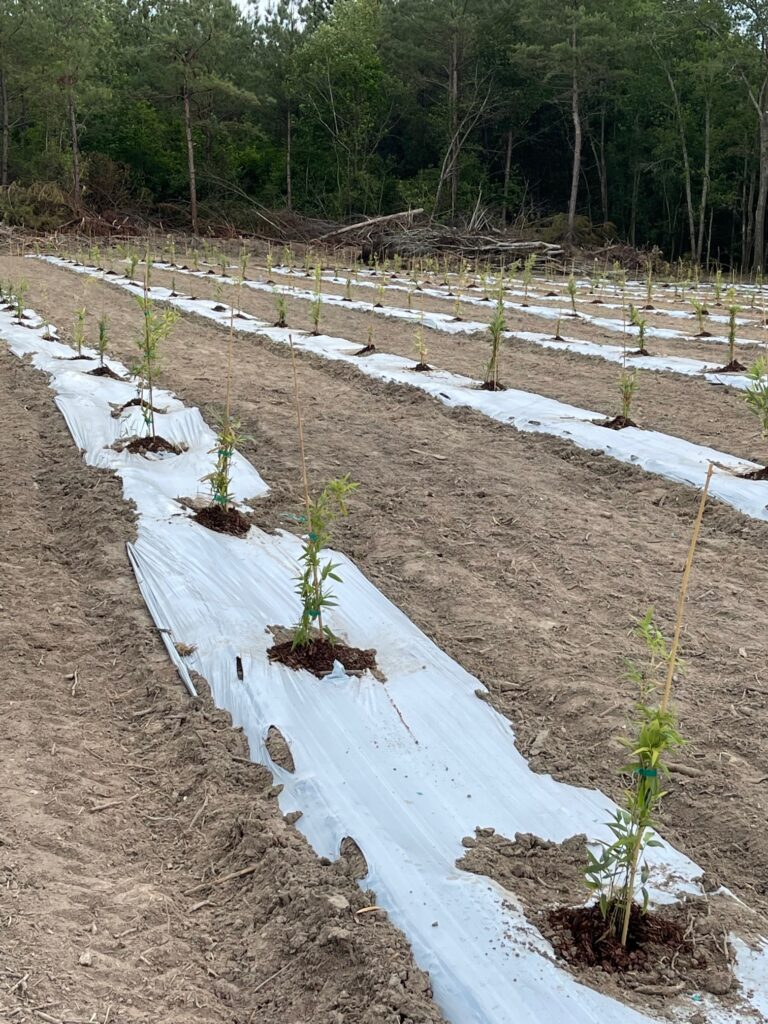
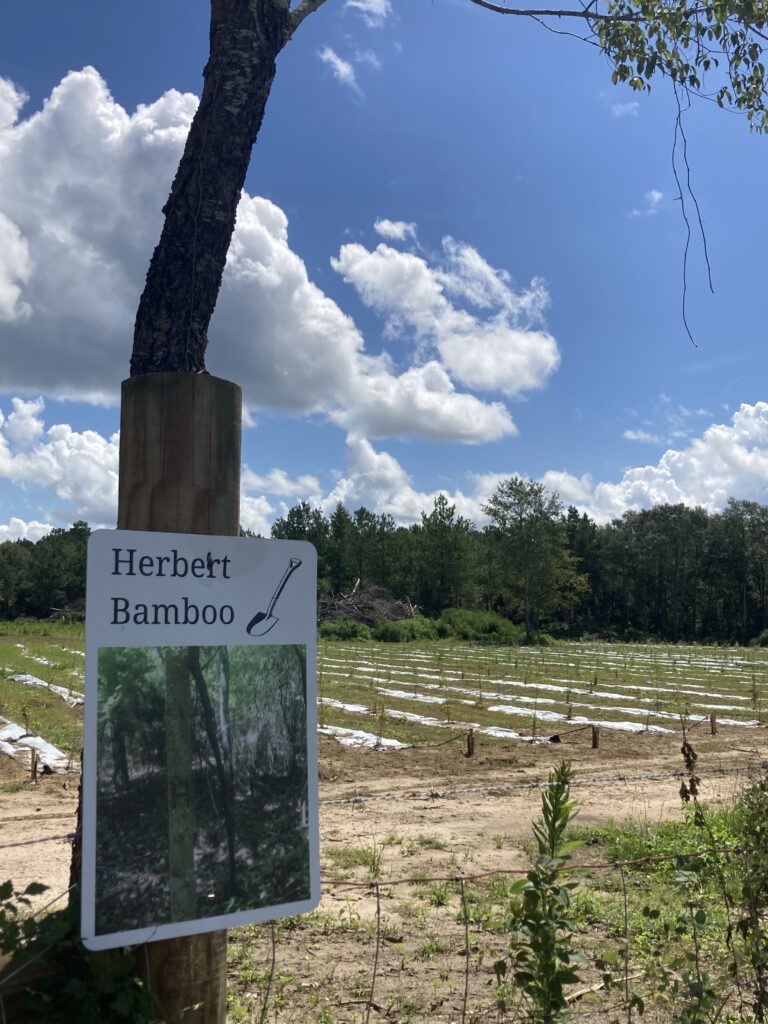
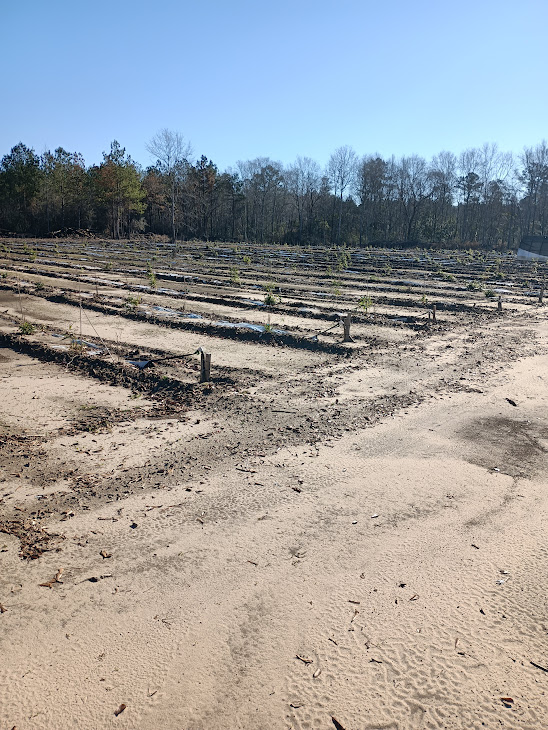
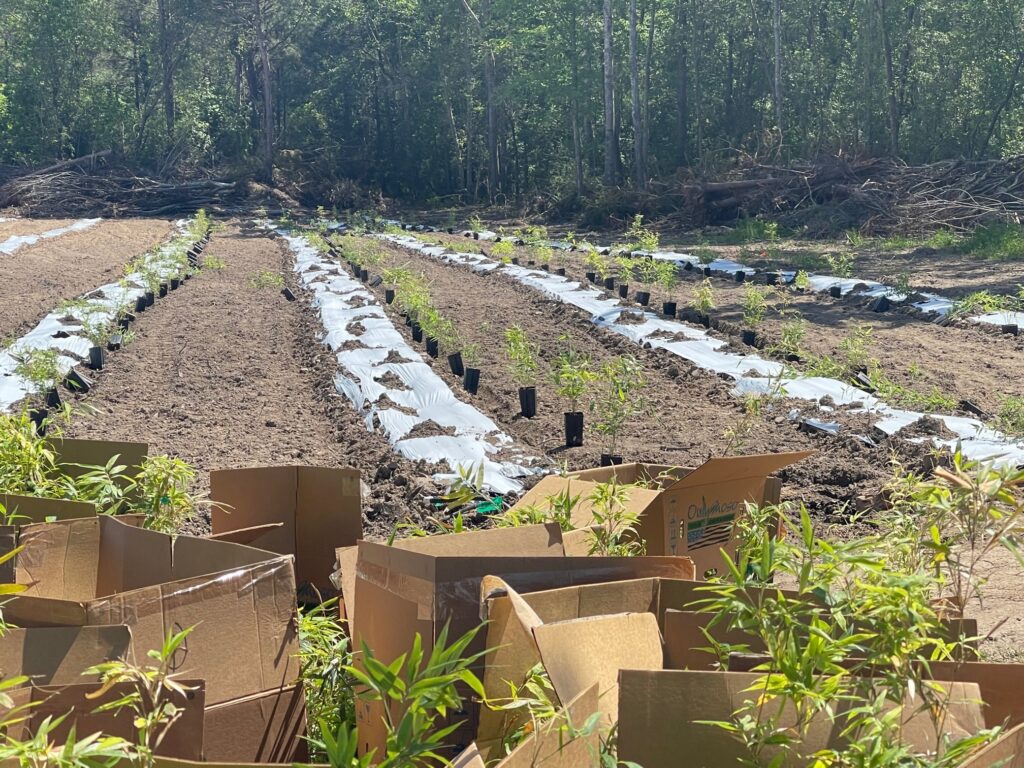
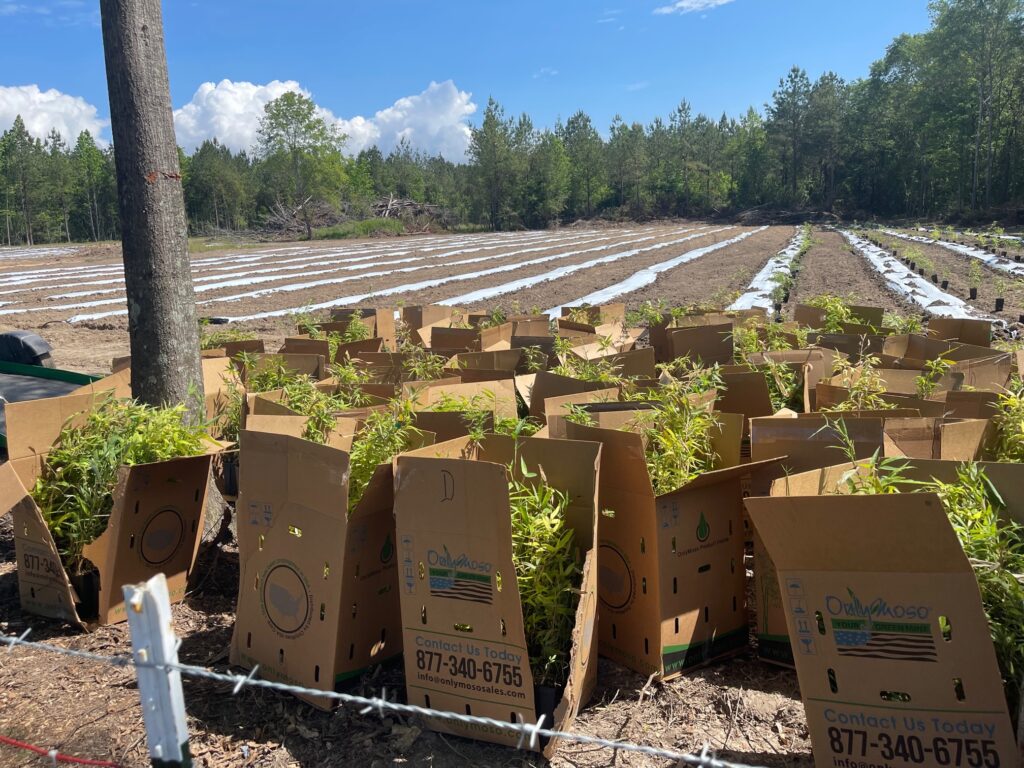

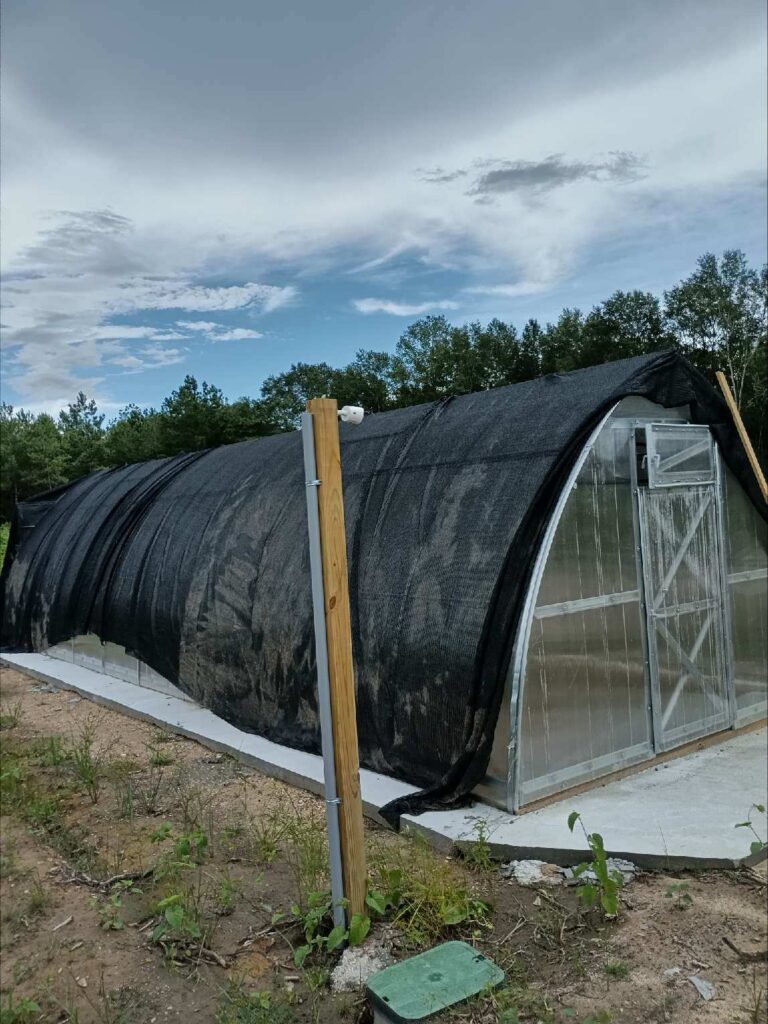
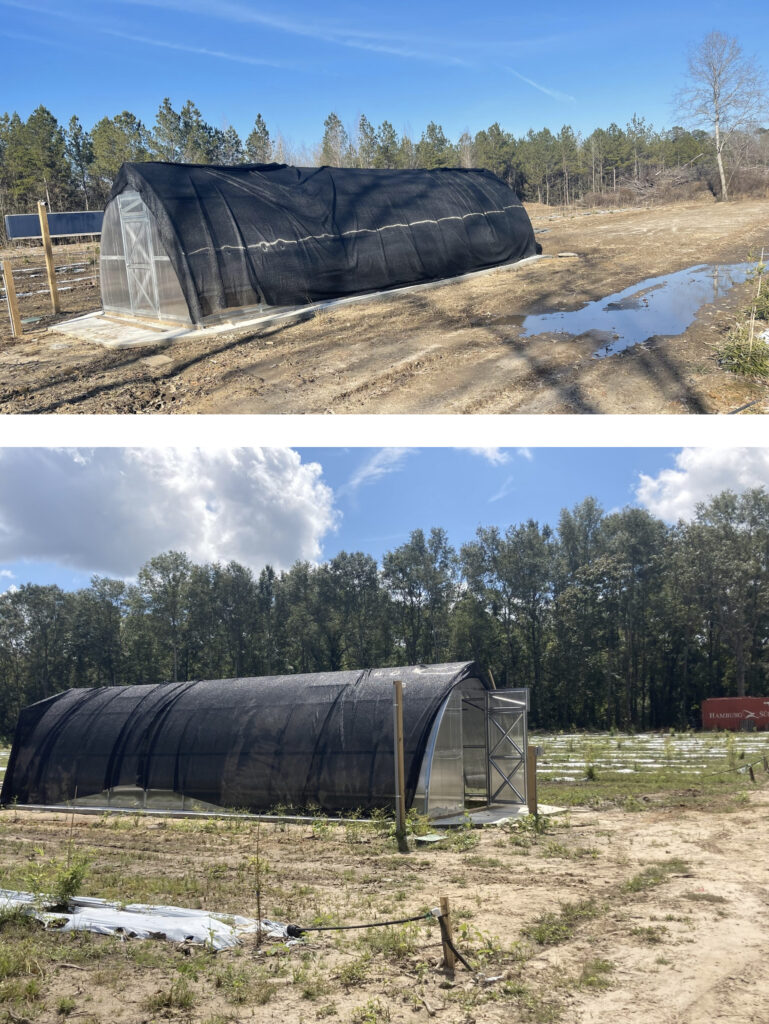
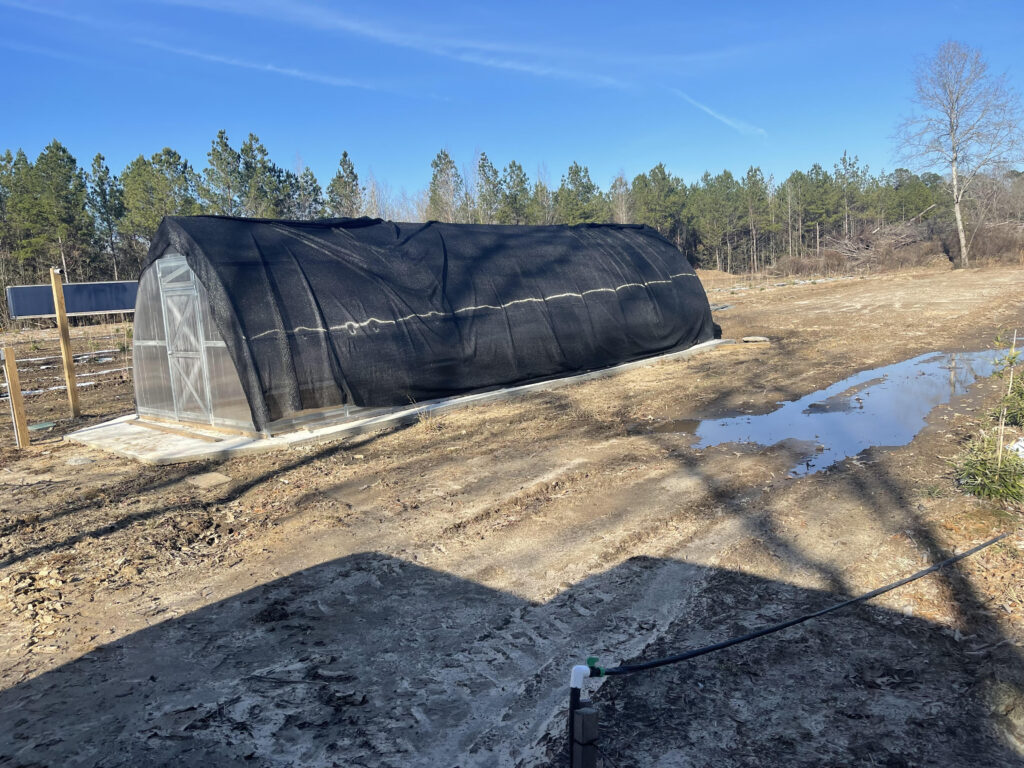
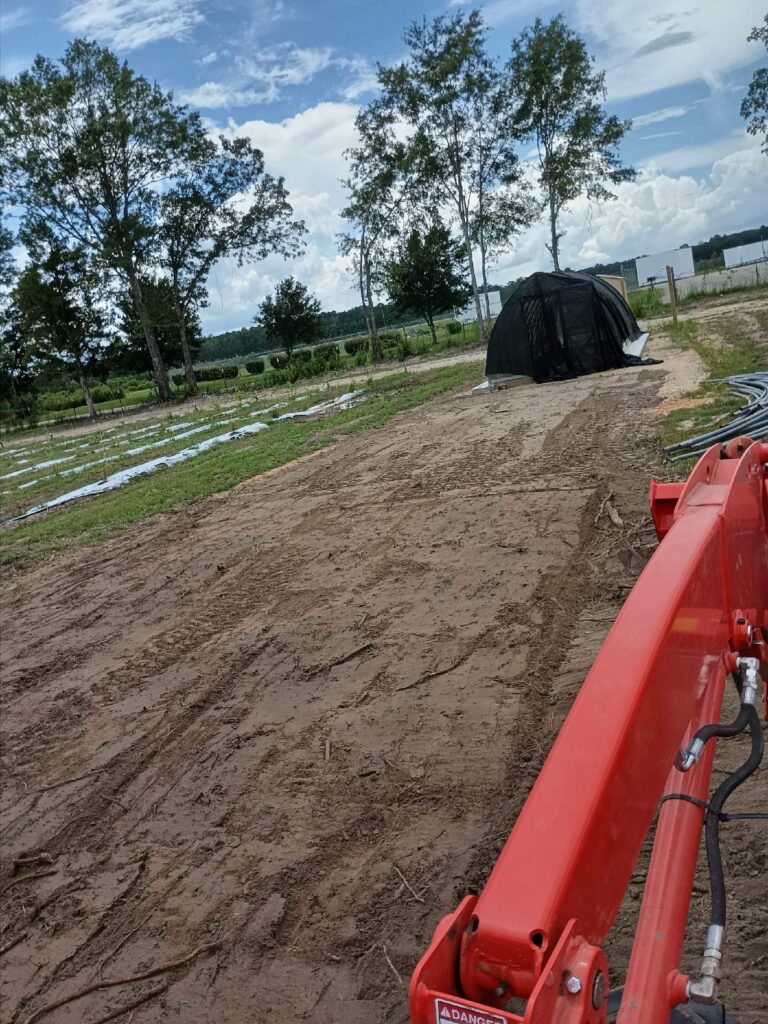
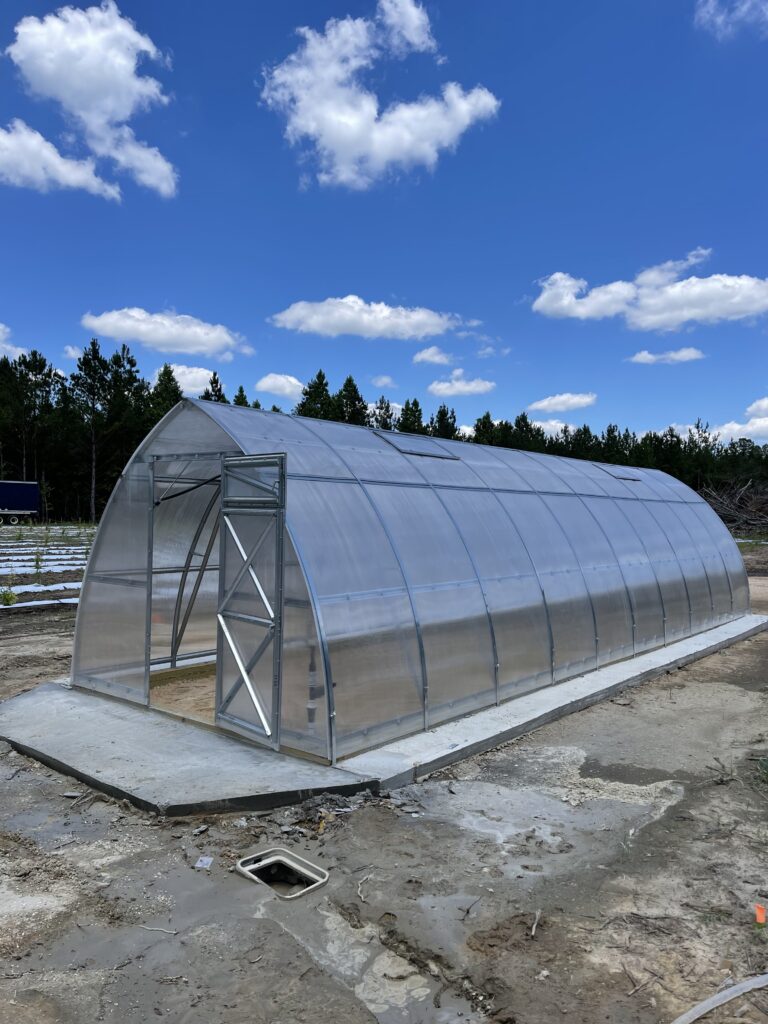



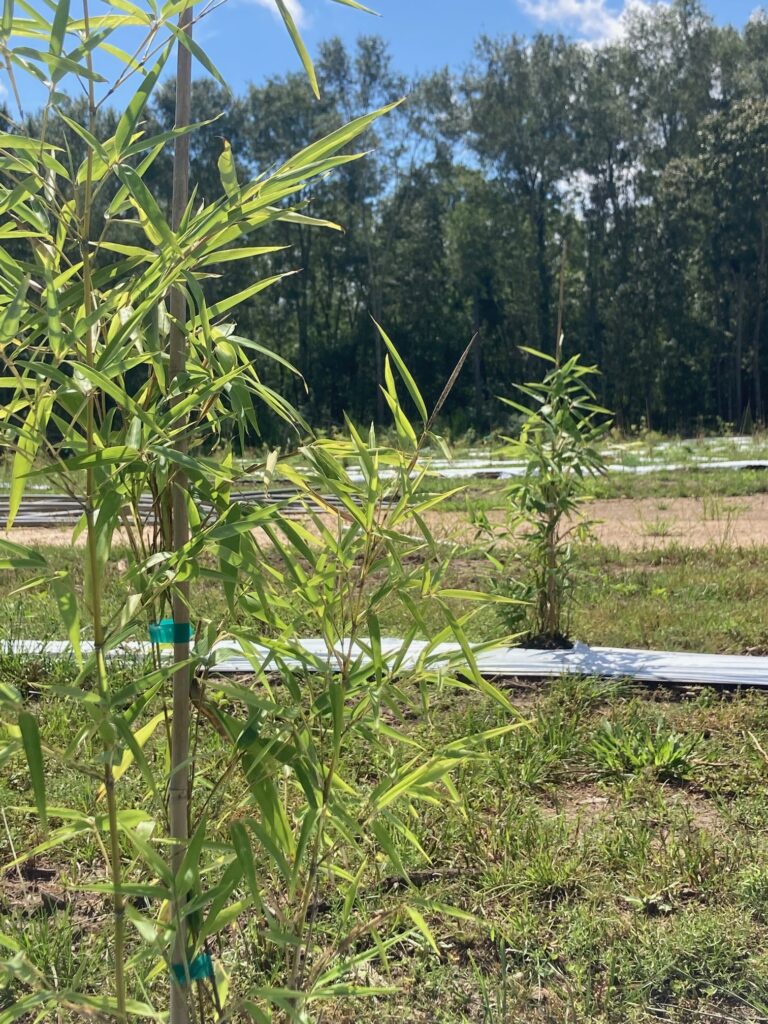
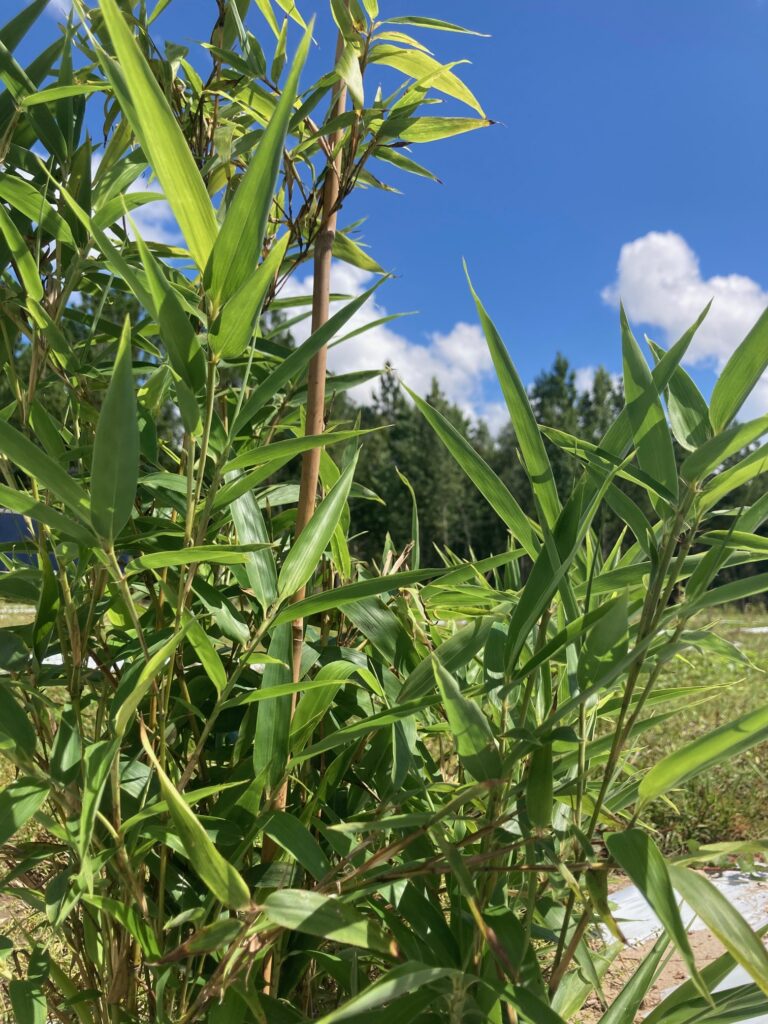

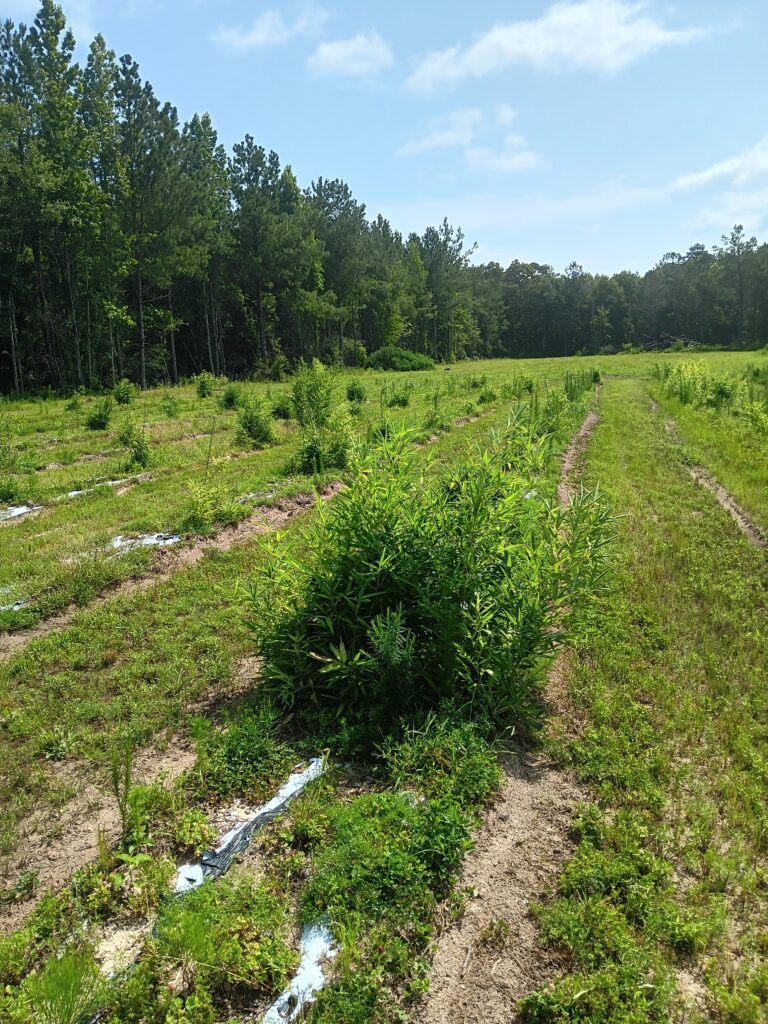
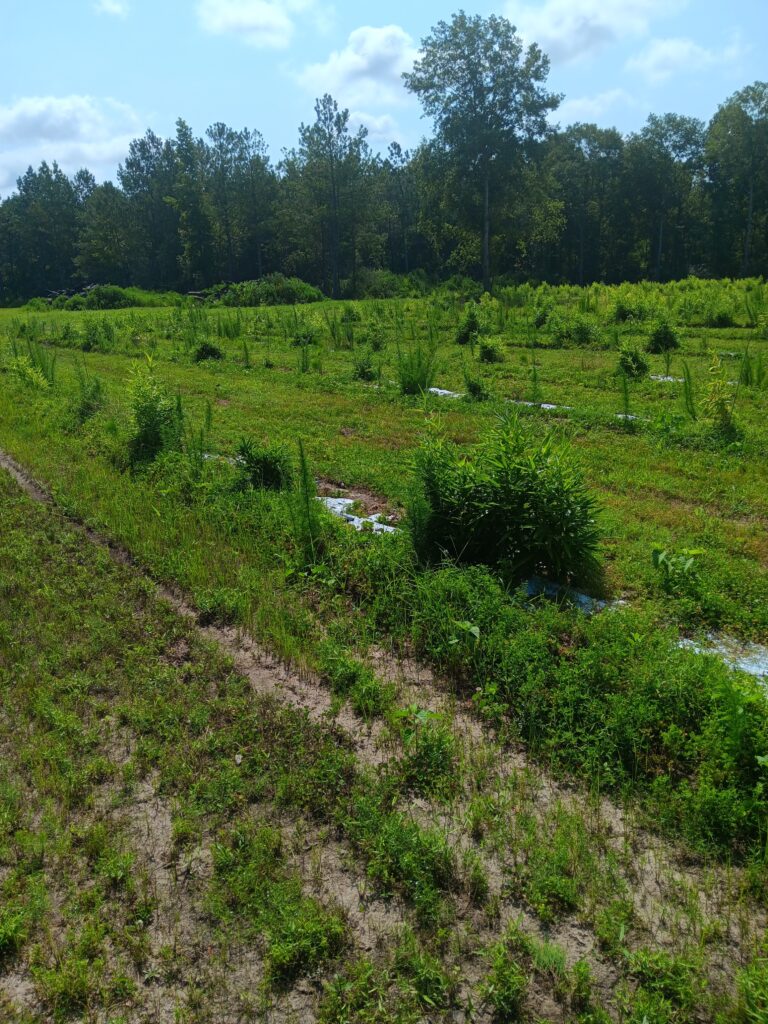

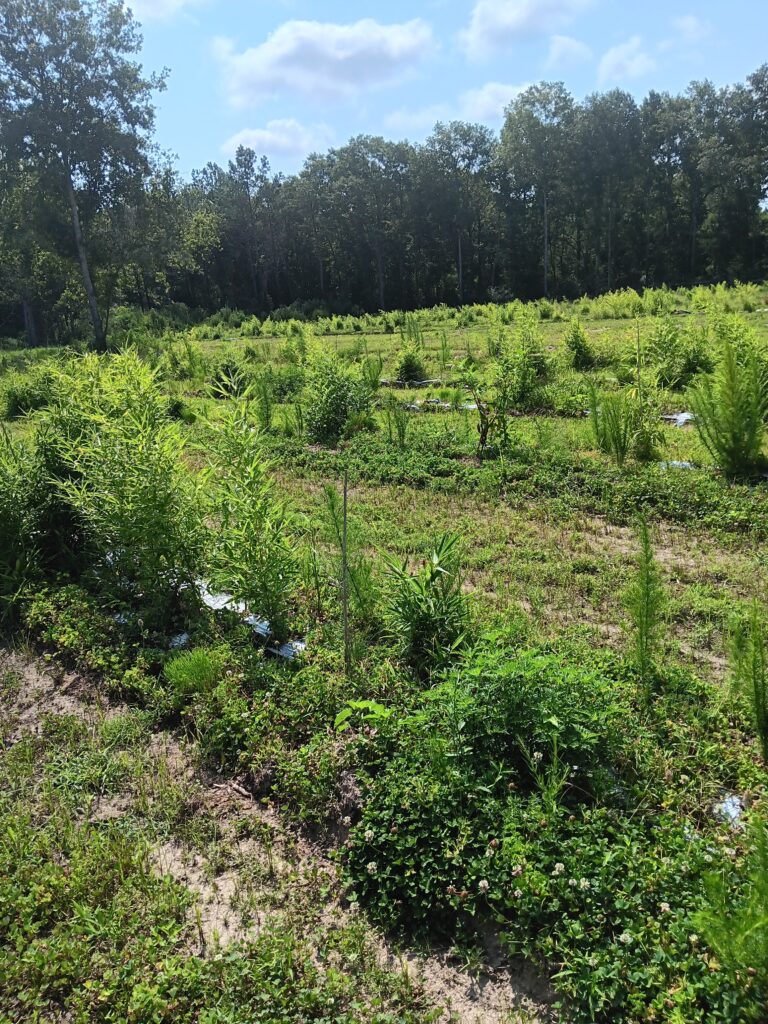


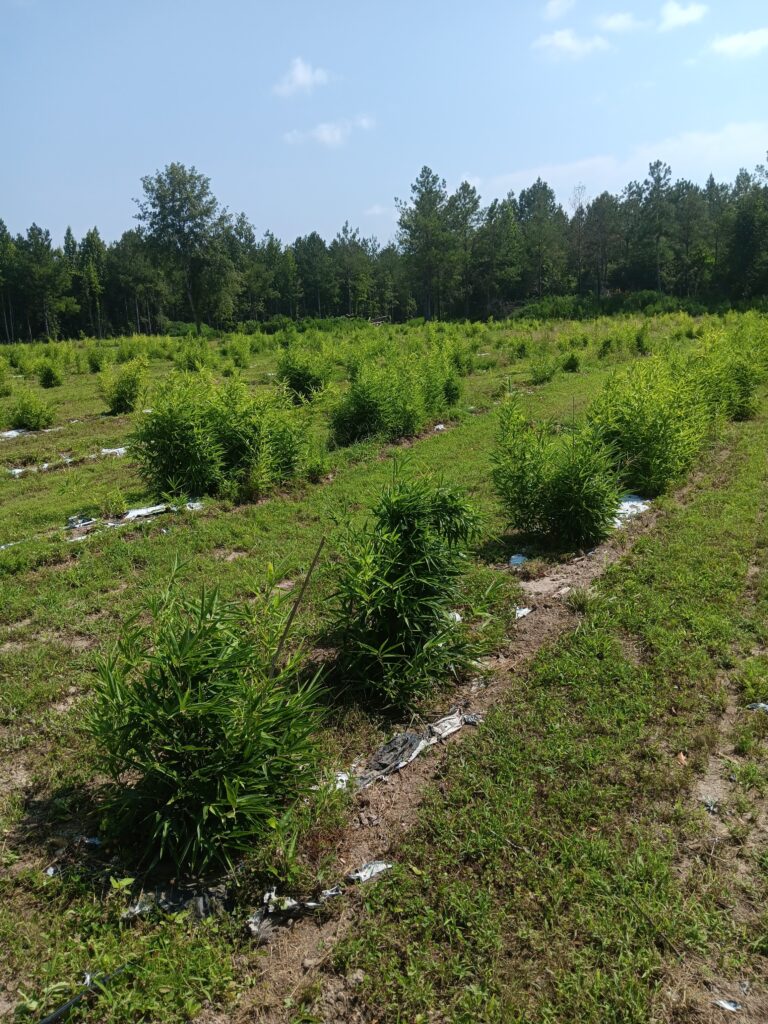
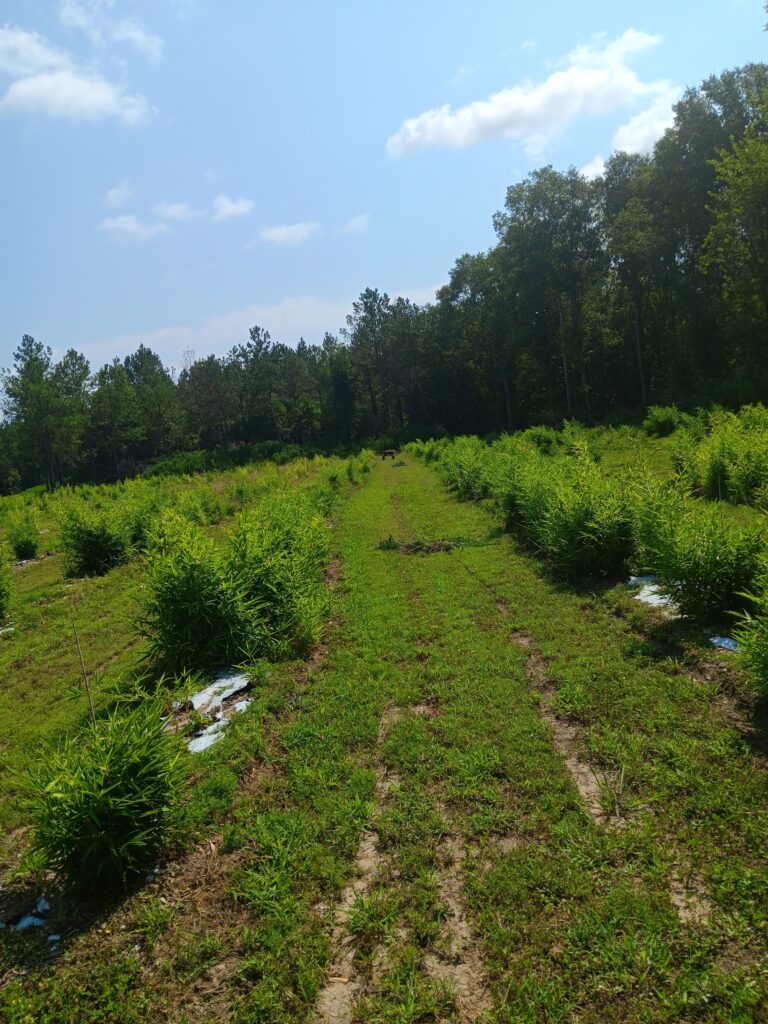
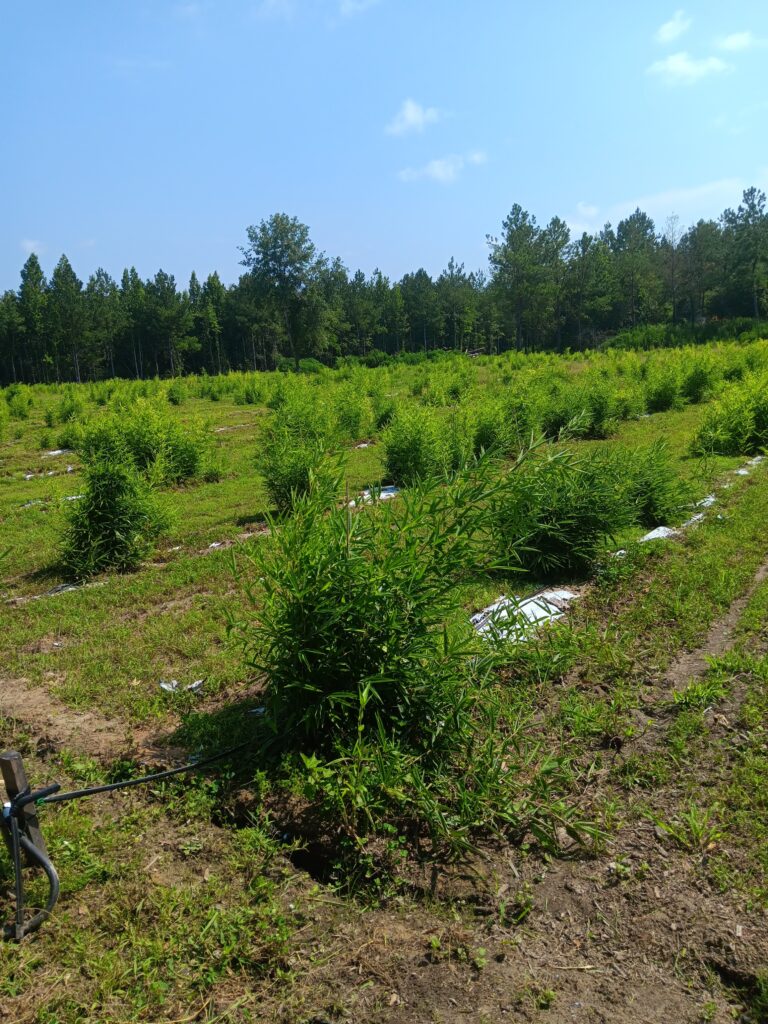
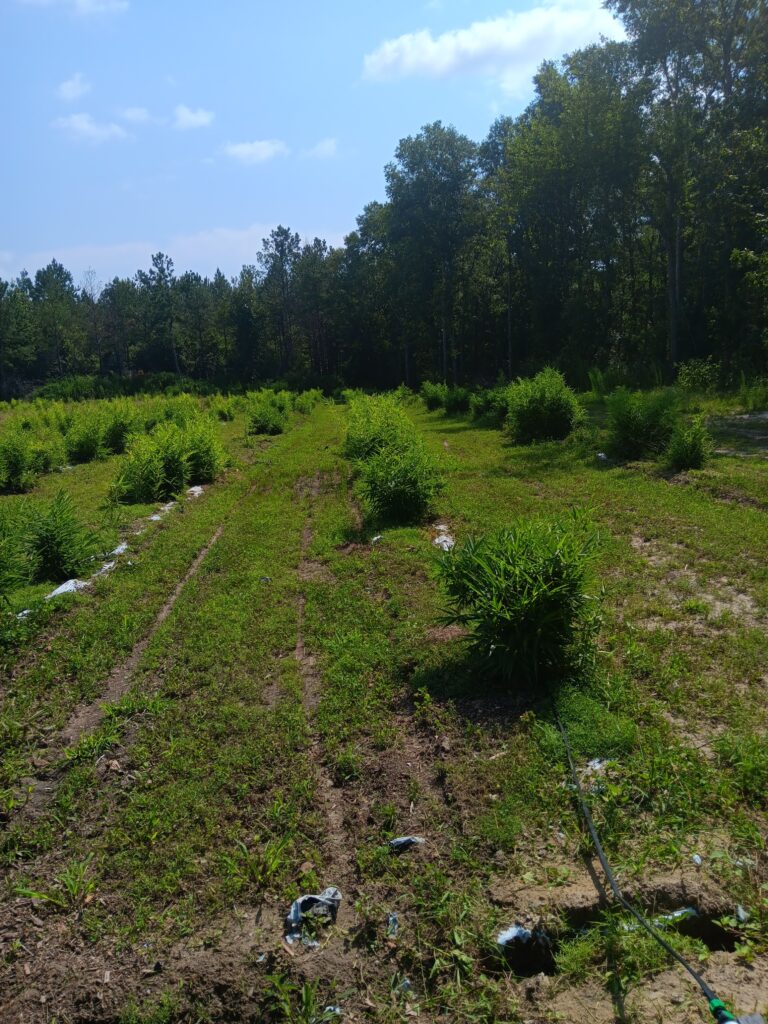
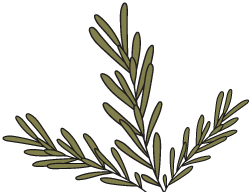
All sponsors receive a plant in their name and site recognition.
We are currently accepting many forms of donations,
from farming equipment, volunteer labor, and planting supplies.
We also have a section of our farm where sponsors can grow their own way.
Feel free to contact us by filling out the form below to learn more.